tulokset
Silmäile
Jukuri
Tervetuloa käyttämään Jukuria, Luonnonvarakeskuksen (Luke) avointa julkaisuarkistoa. Jukurissa on tiedot Luken julkaisutuotannosta. Osa julkaisuista on vapaasti ladattavissa. Luken muodostaneiden tutkimuslaitosten aikaisemmasta julkaisutuotannosta osan tiedot ovat järjestelmässä jo nyt ja kattavuus paranee jatkuvasti.
Kokoelmat
Viimeksi tallennetut
Ringed Seal Pusa hispida (Schreber, 1775)
Kunnasranta, Mervi; Olsen, Morten Tange; Hackländer, Klaus (toim.); Zachos, Frank E. (toim.)
Handbook of the Mammals of Europe (Springer Nature Switzerland, 2025)
Handbook of the Mammals of Europe (Springer Nature Switzerland, 2025)
Integrated population model reveals human- and environment-driven changes in Baltic ringed seal Pusa hispida botnica demography and behavior
Ersalman, Murat; Kunnasranta, Mervi; Ahola, Markus; Carlsson, Anja M.; Persson, Sara; Bäcklin, Britt-Marie; Helle, Inari; Cervin, Linnea; Vanhatalo, Jarno
Marine ecology: progress series (Inter-Research Science Center, 2025)
Marine ecology: progress series (Inter-Research Science Center, 2025)
Integrated population models (IPMs) are a promising approach to test ecological theories and assess wildlife populations in dynamic and uncertain conditions. By combining multiple data sources into a unified model, they enable the parametrization of versatile, mechanistic models that can predict population dynamics in novel circumstances. Here, we present a Bayesian IPM for the ringed seal Pusa hispida botnica population inhabiting the Bothnian Bay in the Baltic Sea. Despite the availability of long-term monitoring data, traditional assessment methods have faltered due to dynamic environmental conditions, varying reproductive rates, and recently re-introduced hunting, thus limiting the quality of information available to managers. We fit our model to census and various demographic, reproductive, and harvest data from 1988 to 2023 to provide a comprehensive assessment of past population trends, and predict population response to alternative hunting scenarios. We estimated that 20000-36000 ringed seals inhabited the Bothnian Bay in 2024, increasing at a rate of 3-6% yr-1. Reproductive rates have increased since 1988, leading to a substantial increase in the growth rate up until 2015. However, the re-introduction of hunting has since reduced the growth rate, and even minor quota increases are likely to reduce it further. Our results also support the hypothesis that a greater proportion of the population hauls out under lower ice cover circumstances, leading to higher aerial survey results in such years. In general, our study demonstrates the value of IPMs for monitoring wildlife populations under changing environments and for supporting science-based management decisions.
Kalankasvattamon ympäristöolosuhteiden ja vesistövaikutusten seuranta : Virtaus-vedenlaatututkimus ja merkkiainekoe Kustavin lännenpuolen vesimuodostumassa v. 2023
Malve, Olli; Kanarik, Hedi; Kankainen, Markus; Miettunen, Elina; Niukko, Jari; Ropponen, Janne; Scheinin, Matias; Tiitinen, Matilda; Wikström, Jenny
Suomen ympäristökeskuksen raportteja : 10/2025 (Suomen ympäristökeskus, 2025)
Suomen ympäristökeskuksen raportteja : 10/2025 (Suomen ympäristökeskus, 2025)
Metsäntutkimuksen ensiaskeleet : menneitä ja nykyisiä käsityksiä koivusta
Himanen, Katri
Metsätieteen aikakauskirja (Suomen Metsätieteellinen Seura ry, 2025)
Metsätieteen aikakauskirja (Suomen Metsätieteellinen Seura ry, 2025)
Peatland pixel-level classification via multispectral, multiresolution and multisensor data using convolutional neural network
Zelioli, Luca; Farahnakian, Fahimeh; Middleton, Maarit; Pitkänen, Timo P.; Tuominen, Sakari; Nevalainen, Paavo; Pohjankukka, Jonne; Heikkonen, Jukka
Ecological informatics (Elsevier, 2025)
Ecological informatics (Elsevier, 2025)
High-resolution mapping of boreal peatlands is crucial for greenhouse gas inventories, ecological monitoring, and sustainable land management. However, accurately classifying peatland ecotypes at large scales remains challenging due to the complex phenological changes, dense tree canopies, water table level variations, and the mosaiced structure of vegetation communities typical of these landscapes. To address these challenges, we propose a novel multi-modal convolutional neural network (CNN) architecture designed specifically for pixel-level peatland classification. The motivation behind this research stems from the need for improved accuracy in peatland site type and fertility level mapping, which is vital for effective environmental decision-making. The core strategy of our method involves a late fusion architecture that seamlessly integrates multi-source remote sensing (RS) data, including optical imagery, synthetic aperture radar (SAR), airborne laser scanning (ALS), and multi-source national forest inventory (MS-NFI) datasets. These diverse data sources, characterized by different spatial resolutions, are fused to preserve their spatial integrity, enabling richer feature extraction for classification tasks. Additionally, a sliding-window approach is applied to manage multi-resolution datasets, enhancing pixel-wise classification by preserving spatial and contextual relationships. We evaluated the proposed architecture across three diverse peatland zones in Finland, demonstrating its capability to generalize across varying ecological conditions. Experimental results indicate classification accuracies for peatland site types and fertility levels ranging from 36.6% to 55.0%, highlighting the effectiveness of our approach even with limited labeled training samples. Canopy height models, Sentinel-2 bands, and Sentinel-1 bands emerged as the most influential data sources for accurate classification. Our findings underscore the potential of integrating multi-source RS data with advanced CNN architectures for large-scale peatland mapping. Future work will focus on incorporating LiDAR-derived vegetation structural indices, hyperspectral RS data, and expanding the training dataset to further enhance classification performance.
